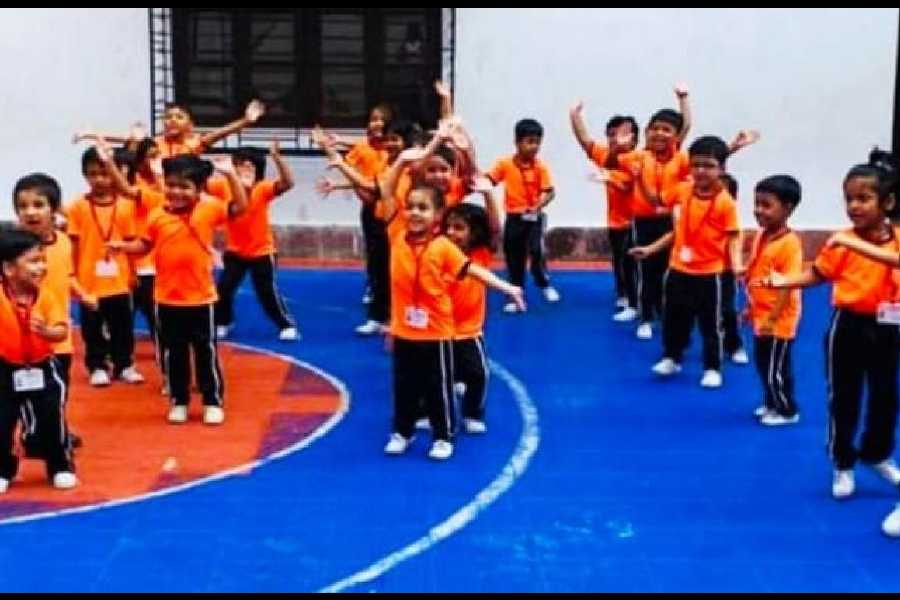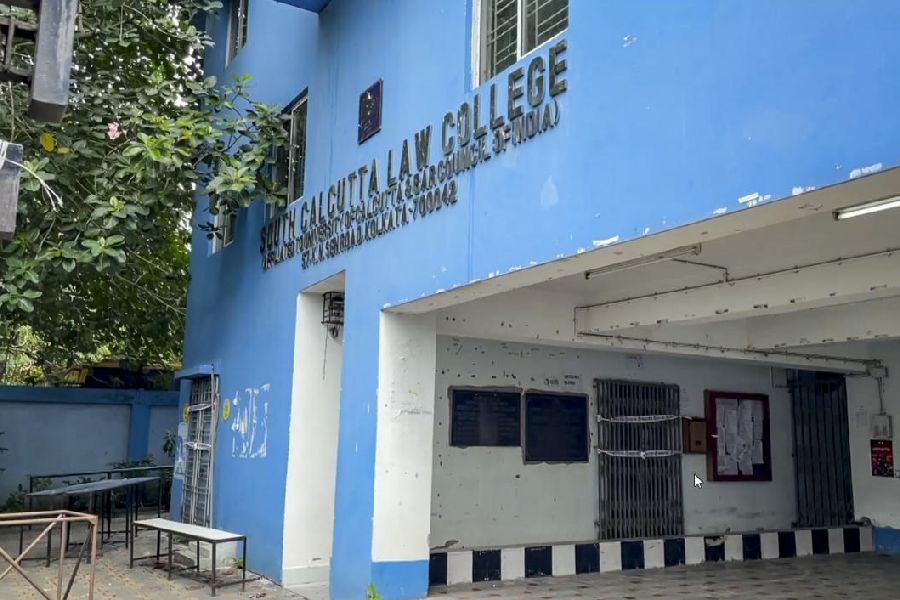A four-in-one gizmo that combines the functions of a personal computer, a television, a video recorder and an Internet protocol phone is set to challenge the digital divide.
This month, about a hundred ?PCTVTs? will be deployed in villages as part of pilot field trials. The user response will help the design team ? in India and the US ? to fine-tune the gadget for four billion people worldwide who live on less than $2,000 (approximately Rs 90,000) a year and have been left out of the infotech revolution.
Researchers believe the information-cum-entertainment appliance has better chances of bridging the digital divide than Internet alone.
Work on the gadget is on at the Indian Institute of Science, Bangalore, the International Institute of Information Technology, Hyderabad, the Carnegie Mellon University, Pittsburgh, and the University of California, Berkeley. It is supported by Microsoft and TriGem, the Korean computer-maker.
A few others have offered to chip in to bring down the price of a PCTVT from $500 (Rs 22,500) a piece. The team is eyeing a target price of $250 (Rs 11,250) a piece.
Raj Reddy, a pioneering researcher in artificial intelligence at Carnegie Mellon, is confident that an inexpensive, multi-functional gadget with simple operations will be more attractive than a television or video recorder. ?I kept asking myself: ?What would the device have to do for someone on the other side of the digital divide to be desirable??? he said.
His colleague at Carnegie Mellon and former scientific adviser to the defence minister, V.S. Arunachalam, said: ?While radio and TV reach a large segment of the population, they do not provide feedback. A student, for instance, cannot ask a question to clear a doubt. Internet has this unparalled advantage of two-way communication.
?The power of entertainment in technology diffusion can never be underestimated. By combining entertainment with Internet for information and education, we may be able to introduce technology into an average Indian household than by trying to push Internet alone. When such a gadget is at home, people (including housewives) will learn to use it.?
N. Balakrishnan, the head of Supercomputer Education and Research Centre at IIS Bangalore, said the field trials will be carried out by NGOs like the M.S. Swaminathan Foundation.
?I think states like Punjab, Madhya Pradesh, Andra Pradesh, Tamil Nadu and Karnataka are ideal for field trials. We believe we will do a scientific measurement of the user response and carry out design modifications depending upon their response. Social scientists will determine the effect that access to this technology has on communities. We will go to the government (for bulk orders) after field trials,? he said.
Wireless technology will be employed to overcome hitches of connectivity in rural areas, he added. Besides, simple, two-click operations along with voicemail options will be built in to make them user-friendly among the semi-literate and illiterate people.
?Our idea is to make it affordable at $250. We are not going to commercialise it but make it usable by all in rural areas. Some companies have stepped forward to manufacture the PCTVTs,? Balakrishnan said.
Going by the growth rate of information technology in recent years, the team expects a 100-fold increase in computation power, 1,000 times higher disk memory and 1,500 times more network bandwidth over the next decade. This advance in information and communication technology (ICT) can be harnessed to benefit developing economies.
The team points out that ICT can help in creation of wealth and improve the quality of life of individuals by providing access to education, entertainment and healthcare (through tele-medicine). It also helps overcome the limitations of language, distance, age and physical disabilities (through voice and video communication).
In local administration, it facilitates access to information and data besides being a repository of land records, sale deeds and other vital documents stored in tamper-proof systems.
As for affordability and access, the team has no doubt that the PCTVTS will find many takers.
?The purchasing power of every individual is going up because the economy is upbeat. We are certain that multiple applications (in these gadgets) will drive the success of this gadget,? Balakrishnan said.
Arunachalam had the last word. ?Don?t forget that in our tradition we always used songs, dance and drama to convey a message, even during elections. PCTVT continues that, this time with a new tool.?










